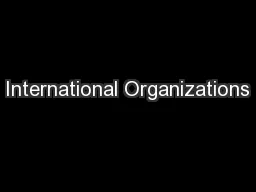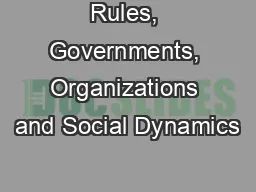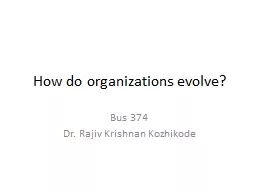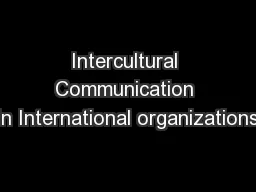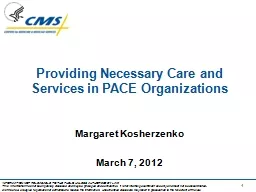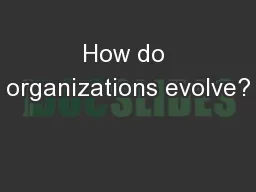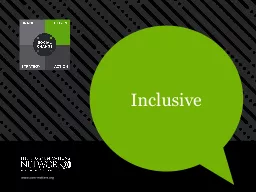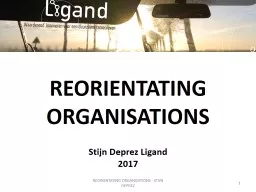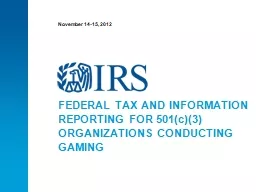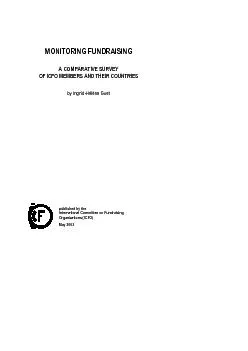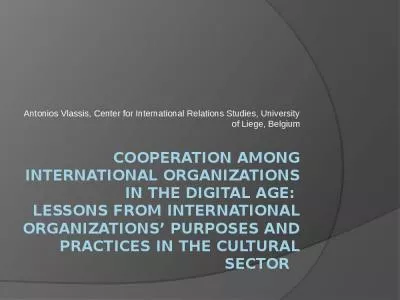PPT-International Organizations
Author : calandra-battersby | Published Date : 2016-07-19
Introduction to Global Studies XIDS 2301 IGOs vs NGOs From the book IGOs 1900 few dozen 2008 300 NGOs 1909 175 2002 45000 Intergovernmental Organizations Key conceptual
Presentation Embed Code
Download Presentation
Download Presentation The PPT/PDF document "International Organizations" is the property of its rightful owner. Permission is granted to download and print the materials on this website for personal, non-commercial use only, and to display it on your personal computer provided you do not modify the materials and that you retain all copyright notices contained in the materials. By downloading content from our website, you accept the terms of this agreement.
International Organizations: Transcript
Download Rules Of Document
"International Organizations"The content belongs to its owner. You may download and print it for personal use, without modification, and keep all copyright notices. By downloading, you agree to these terms.
Related Documents

